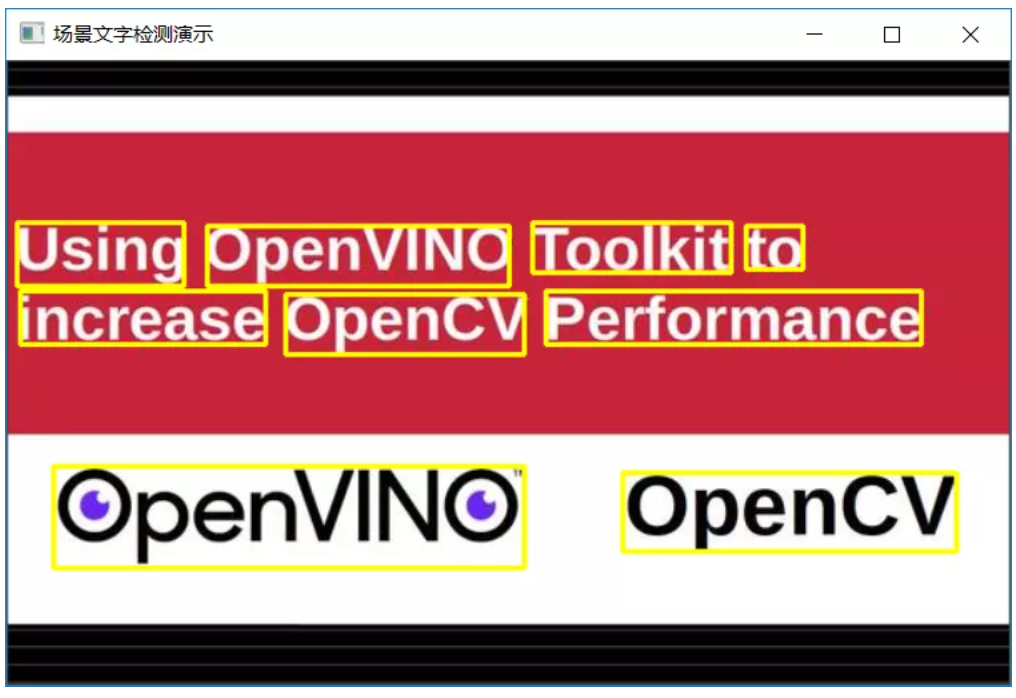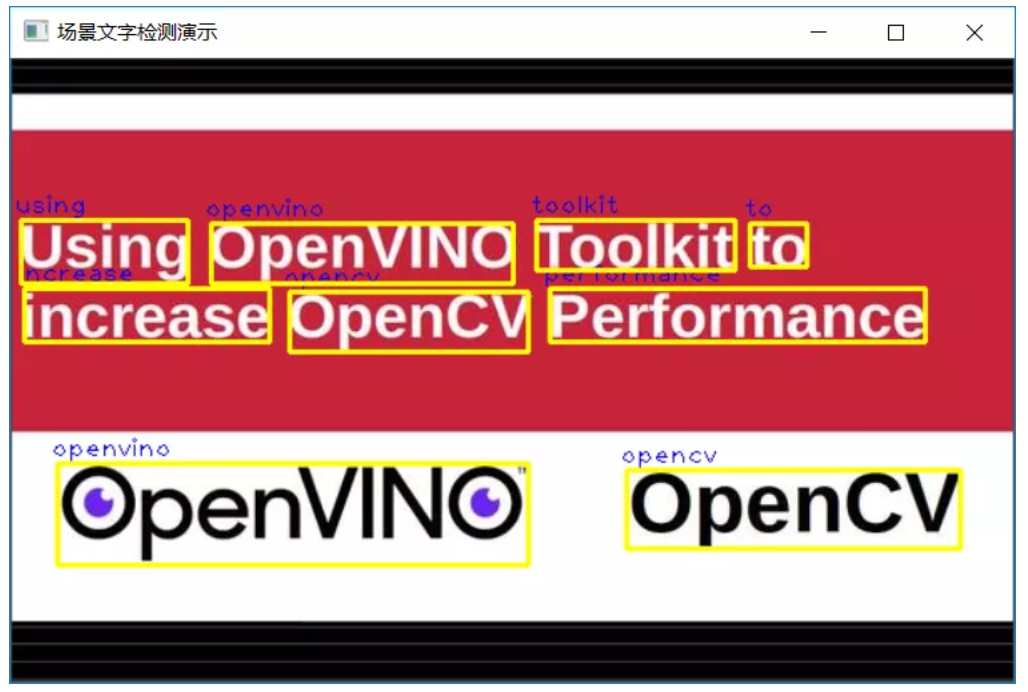OpenVINO™ 场景文字识别与同步与异步推理
 openlab_4276841a
更新于 4年前
openlab_4276841a
更新于 4年前
原创 贾志刚 英特尔物联网
场景文字检测与识别模型
OpenVINO2021.4支持场景文字检测是基于MobileNetV2的PixelLink模型,模型有两个分别是text-detection-0003与text-detection-0004。以text-detection-0003模型为例它有两个输出,分别是分割输出与bounding Boxes输出,结构如下:
图-1 来自作者论文
下面是基于VGG16作为backbone实现的PixelLink的模型,模型结构如下:
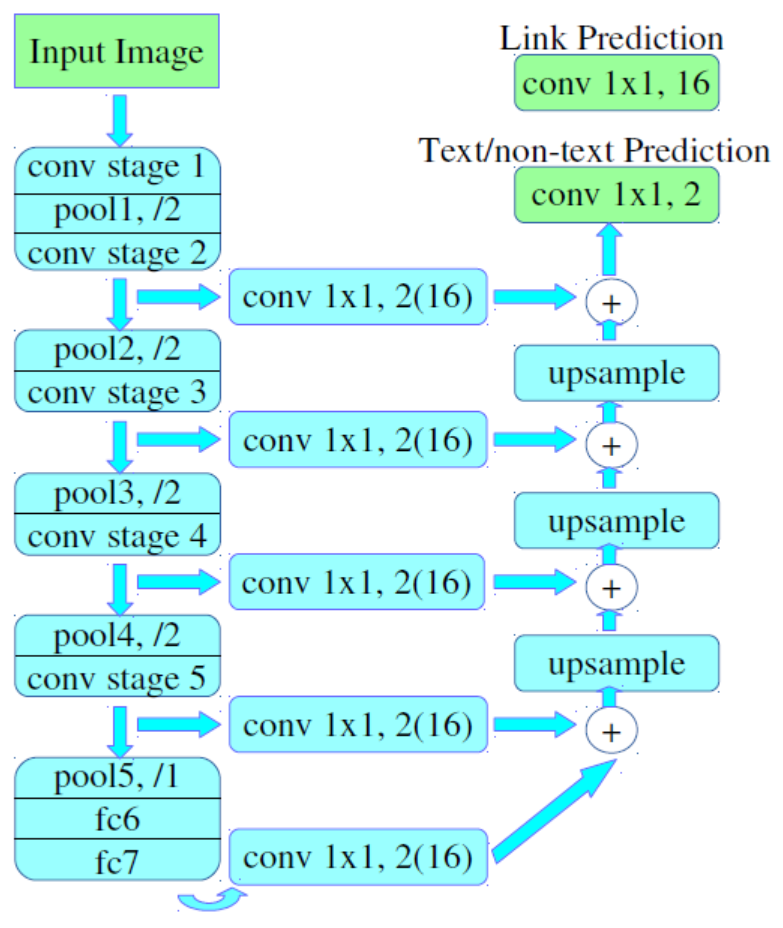
图-2 VGG16的PixelLink模型
最终得到输出text/notext的mask区域,对mask区域简单处理之后就会得到每个场景文字区域的ROI。关于后处理,再后续的会有详细代码演示。OpenVINO2021.4不仅支持场景文字的检测还支持场景文字的识别,支持场景文字识别的模型是基于VGG16+双向LSTM,识别0~9与26个字符加空白,并且非大小写敏感!文本识别网络结构如下:
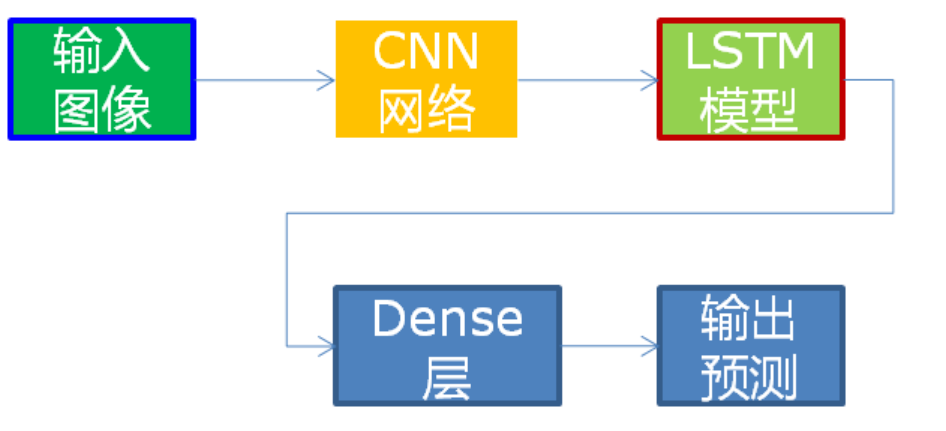
图-3 OpenVINO2021.4文本识别模型自绘
模型输入与输出格式
图-1中的PixelLink场景文字检测模型的输入与输出格式如下:
输入格式:1x3x768x1280 BGR彩色图像
输出格式:
name: "model/link_logits_/add", [1x16x192x320] – pixelLink的输出
name: "model/segm_logits/add", [1x2x192x320] – 像素分类text/no text
图-3文本识别模型的输入与输出格式如下:
输入格式:1x1x32x120
输出格式:30, 1, 37
输出解释是基于CTC贪心解析方式。
其中37字符集长度,字符集为:
0123456789abcdefghijklmnopqrstuvwxyz#
#表示空白。
同步与异步推理
// start the async infer request (puts the request to the queue and immediately return****r>async_infer_request->StartAsync();
// here you can continue execution on the host until results of the current request are really needed
//...
async_infer_request.Wait(IInferRequest::WaitMode::RESULT_READY);
auto output = async_infer_request.GetBlob(output_name);
场景文字检测代码演示
cv::Mat mask = cv::Mat::zeros(cv::Size(out_w, out_h), CV_8U);
int step = out_h*out_w;
for (int row = 0; row < out_h; row++) {
for (int col = 0; col < out_w; col++) {
float p1 = detection_out[row*out_w + col];
float p2 = detection_out[step + row*out_w + col]; // text
if (p2>1.0) {
mask.at<uchar>(row, col) = 255;
}
}
}
cv::resize(mask, mask, cv::Size(im_w, im_h));
std::vector<std::vector<cv::Point>> contour****r>cv::findContour***ask, contours, cv::RETR_EXTERNAL, cv::CHAIN_APPROX_SIMPLE);对输出的Mask数据,完成text与非text的分类,得到二值图象,然后对二值图象完成轮廓发现,根据轮廓发现的的结果输出最大/最小外接矩形,得到每个Text区域的检测结果,最终模型的运行结果如下:
图-4 原图来自OpenVINO官方
其中Mask部分的中间输出为:
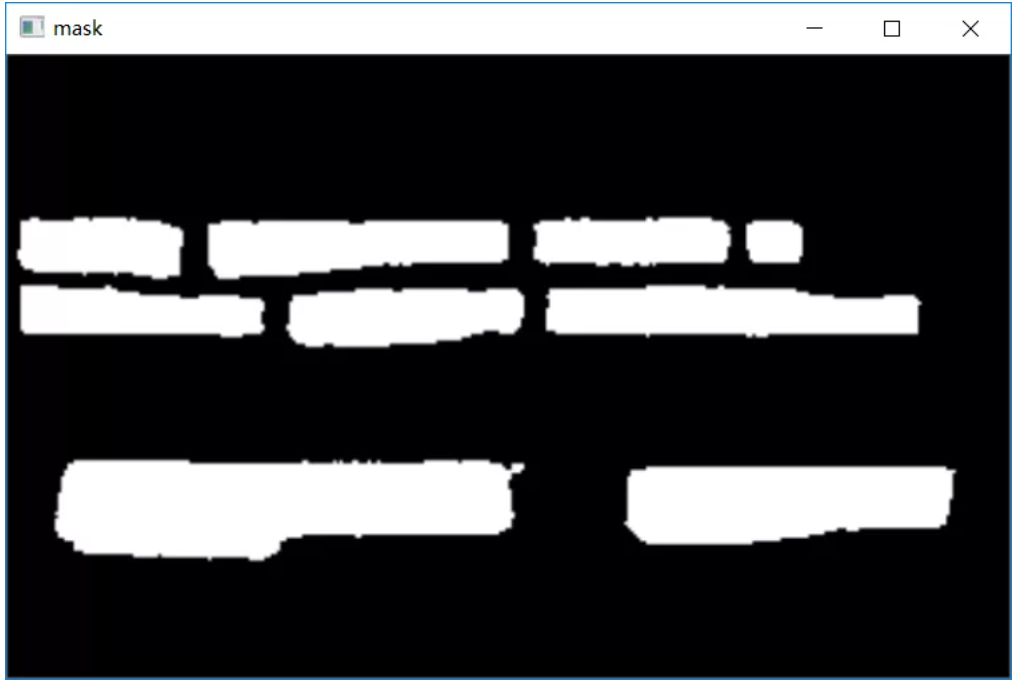
图-5 场景Mask的二值图象
场景文字识别代码演示
auto reco_output = reco_request.GetBlob(reco_output_name);
const float* blob_out = static_cast<PrecisionTrait<Precision::FP32>::value_type*>(reco_output->buffer());
const SizeVector reco_dims = reco_output->getTensorDesc().getDim******r>
const int RW = reco_dims[0];
const int RB = reco_dims[1];
const int RL = reco_dims[2];
std::string ocr_txt = ctc_decode(blob_out, RW, RL);
std::cout << ocr_txt << std::endl;
cv::putText(src, ocr_txt, box.tl(), cv::FONT_HERSHEY_PLAIN, 1.0, cv::Scalar(255, 0, 0), 1);其中RWxRBxRL=30x1x37,CTC解析的函数ctc_decode实现代码如下:
std::string ctc_decode(const float* blob_out, int seq_w, int seq_l) {
printf("seq width: %d, seq length: %d \n", seq_w, seq_l);
std::string re*********r>
bool prev_pad = false;
const int num_classes = alphabet.length();
int seq_len = seq_w*seq_l;
for (int i = 0; i < seq_w; i++) {
int argmax = 0;
int max_prob = blob_out[i*seq_l];
for (int j = 0; j <num_classes; j++) {
if (blob_out[i*seq_l + j] > max_prob) {
max_prob = blob_out[i*seq_l + j];
argmax = j;
}
}
auto symbol = alphabet[argmax];
if (symbol == '#') {
prev_pad = true;
}
else {
if (res.empty() || prev_pad || (!res.empty() && symbol != re***ack())) {
prev_pad = false;
res += symbol;
}
}
}
return re****r>
}解析过程就是对得到二维矩阵30x37,按行先做argmax,然后再去掉重复,最终得到预测生成的text文本返回。代码运行结果如下:
图-6 场景文字识别运行结果-原图来自OpenVINO官方
总结
本文主要讲述了OpenVINO2021.4版本中场景文字检测与识别模型的推理使用,以及同步与异步推理的的基本概念。特别值得注意的是场景文字识别模型是基于灰度图象不是RGB彩色图象,如果搞错这点就会得到错误的文本预测结果。
0个评论


